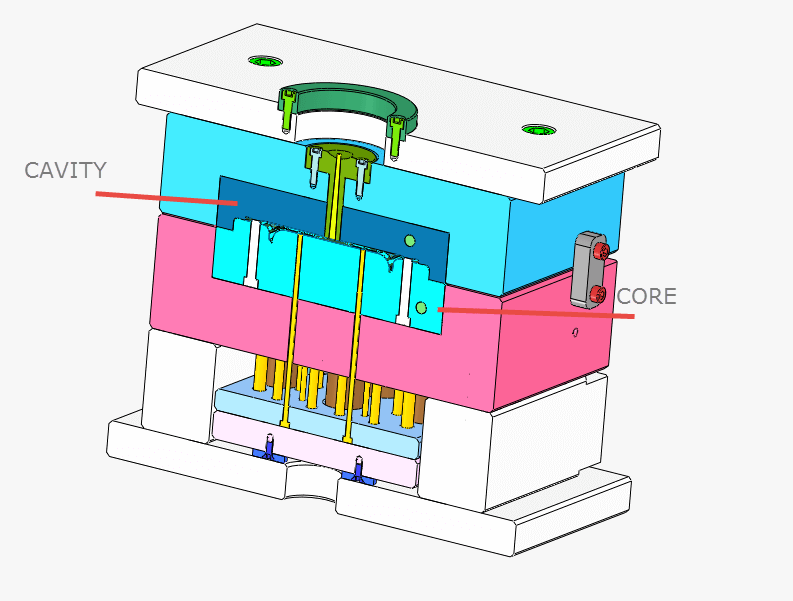Molding the Future: Exploring Injection Molding Molds
Welcome to the world of injection molding, where precision and innovation intersect to shape the products of tomorrow. At the heart of this manufacturing process lies the unsung hero – injection molding molds. These intricate tools serve as the blueprint for transforming raw materials into a myriad of products that we encounter in our daily lives. With their ability to capture the smallest details and intricacies, molds for injection molding are the silent architects of the manufacturing industry. Let's delve into the realm of molds and explore their indispensable role in shaping the future of production.

Types of Injection Molding Molds
There are several common types of molds used in injection molding. The most basic type is the two-plate mold, which consists of two plates that come together to form the mold cavity. Another common type is the three-plate mold, which has an additional plate that allows for gating and runner systems. Complex parts often require multi-cavity molds, allowing for the simultaneous production of multiple parts in each cycle.
A popular type of mold for high-volume production is the hot runner mold. This type of mold uses a system to keep the plastic hot as it moves through runners to the mold cavities, reducing cycle times and material waste. Similarly, multi-shot molds enable the production of parts with multiple materials or colors in a single molding cycle, increasing efficiency and versatility in manufacturing processes.
Finally, stack molds are used to double the output of a molding machine by using two parting lines and multiple mold face cavities. This enables a higher production rate and is commonly used in industries where high productivity is essential. Each type of mold offers unique advantages and is chosen based on the specific requirements of the part being produced.
Design Considerations
When designing molds for injection molding , it is crucial to carefully consider the geometry of the part being produced. The shape, size, and complexity of the part will directly impact the design of the mold to ensure optimal production outcomes.
Another important consideration is the material selection for the mold itself. The material chosen should have the appropriate strength, durability, and thermal conductivity to withstand the injection molding process while maintaining the desired shape and integrity of the final product.
Furthermore, the draft angles and surface finish of the mold will impact the ejection of the part and the overall quality of the final product. Ensuring the right draft angles and surface finish will help prevent defects such as warping or uneven surfaces, resulting in a more successful and efficient injection molding process.
Maintenance Tips
Regular maintenance of molds for injection molding is crucial in ensuring optimal performance and longevity. Here are some tips to keep your molds in top condition:
Firstly, establish a proactive maintenance schedule that includes regular cleaning and inspection of the molds. This helps in identifying any potential issues early on and prevents costly repairs down the line.
Secondly, lubricate moving parts of the mold regularly to reduce friction and wear. Using the appropriate lubricants helps in prolonging the lifespan of the mold and ensures smooth operation during the injection molding process.
Lastly, store the molds properly when not in use to prevent damage or contamination. Keep them in a clean and dry environment, away from direct sunlight and extreme temperatures. Proper storage practices play a key role in extending the usability of injection molding molds.